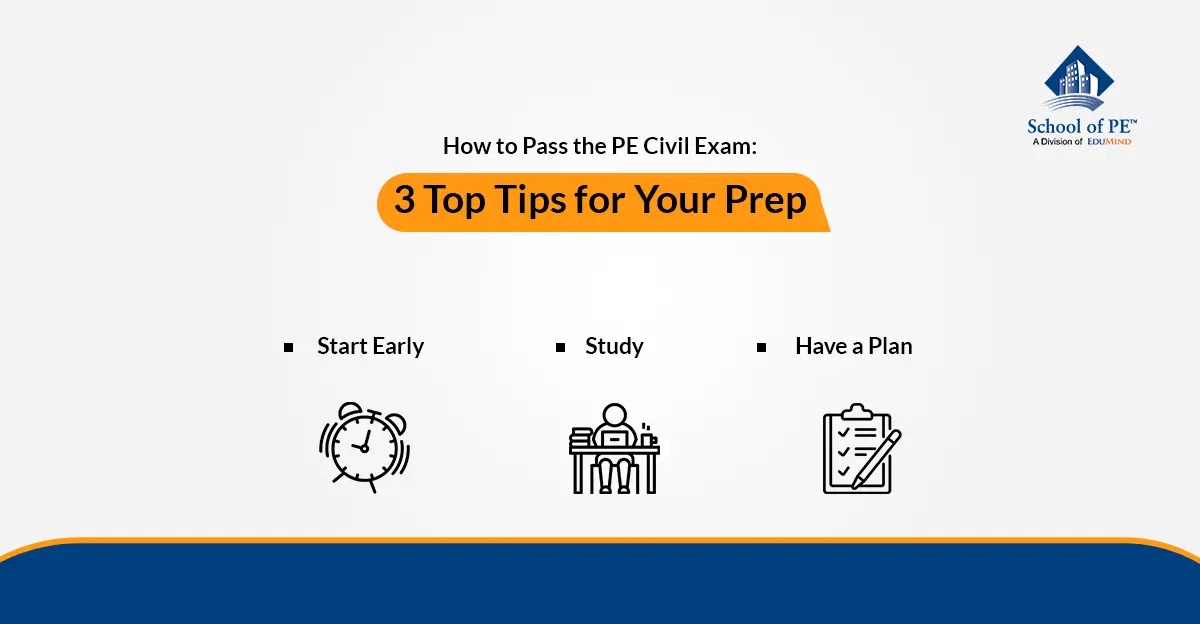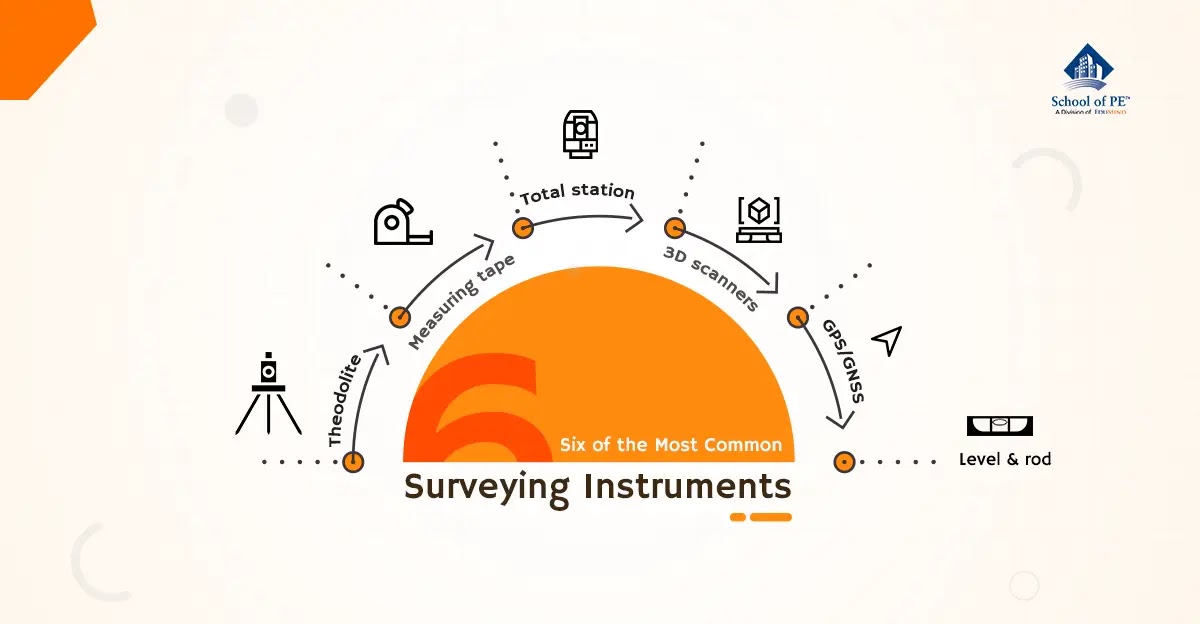Passing the PE Civil exam is one of the most challenging and important milestones of your engineering career. Below are three tips you can use to prepare for and pass the exam.
1. Start Early
The application process and exam preparation can take months or even a year. Do not wait until the last minute to start this process. Each state differs in requirements for taking the exam; some states require that you prove you have the experience before registering for the exam, others may allow you to take the exam and provide proof of experience after you pass. Find out the deadlines in your state. Get in touch with your previous and current supervisors so they can complete the required paperwork. Submit your application early so that you have time to address any comments or questions your state board may have. If you miss deadlines, chances are you will not be able to take the exam when you want to.
Part of the registration process includes choosing your depth topic for the exam. There are several great blogs from School of PE with sound advice for choosing a depth topic. My recommendation is to choose the topic you are most familiar with, not necessarily what other people say is the easiest or one that has the fewest reference books.
2. Study
Exam preparation is critical and should start months before the exam date. Find a good review course, either in-person or online. I took an OnDemand online course and felt well prepared for the exam by working through the course. Take several practice exams after you complete the review course. Practice exams will allow you to revisit areas you need to work on. Part of the studying process is to gather all the reference books and material you will need, become familiar with them, and mark and tab areas of the books to find what you're looking for quickly. Make sure to check the exam requirements for marking and tabbing reference material.
3. Have a Plan
When the exam date arrives, you will want to have a plan for how you answer questions. Each question is weighted the same, and you aren't penalized for wrong answers. With this in mind, you should answer all of the easier questions without spending too much time on the hard questions.
To help me manage my time and maximize my correct answers, I first read through each question briefly at the beginning of each exam session. I numbered each question one through four. Number one questions were the questions I could answer without opening a book and wouldn't take me more than 30 seconds. Number four questions were those I had no idea how to answer and I would need to spend 15 or 20 minutes trying to solve. I answered all the number one questions, and worked my way through numbers two, three, and four. This method ensured I got the highest number of right answers and didn't run out of time without answering all the easiest questions.
As you get near the end of each exam session, make sure you have answered all the questions, even if you have to guess without reading the question. Remember, a wrong answer doesn't hurt you, and you have a chance of getting the right answer with a guess.
With these tips-and plenty of hard work-you can successfully pass the PE Civil exam.




